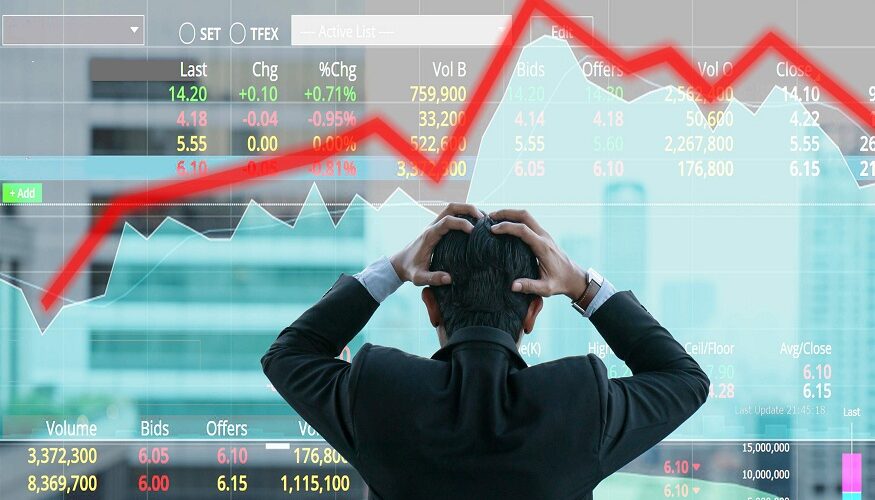401(k) retirement accounts aren’t just for saving the funds deposited into them. They’re investment accounts, meaning that all funds that are put into the accounts end up invested into things like stocks, bonds, mutual funds, and more. If there’s a market crash, then all of the funds in the account could be negatively affected. Fortunately, there are methods you can use to protect your 401(k) from a potential market crash.
The first step is to talk to your financial advisor in Orlando about your investment options.
Step 1: Don’t Panic
When a market crashes, people too often panic and then start selling their investments, which in turn causes the market to drop even further. Selling too early could also result in you missing out on increased returns later on and losing money. Additionally, it’s never a good idea to make an investment action based on an emotional reaction. If you’re concerned about your investments, you should ask your financial advisor for advice.
Step 2: Talk to Your Financial Advisor
Before making any decisions regarding your investments following a crash, it’s important to speak with your financial advisor. Too many investors react emotionally out of fear when a crash occurs and then don’t necessarily make the best decisions regarding their investment accounts. A financial advisor is not only a professional when it comes to investments and will better understand the best steps to take in such a situation, but they also are a neutral party who can remain emotionally detached in order to make more logical decisions.
Step 3: Practice Diversification
Diversification is the best way to protect your 401(k) retirement account or any other investment account that you might have. Diversification is the strategy of ensuring that your investments are spread out across multiple types of funds. This is because when one market is down, the others may be up. For example, if the stock market is down, the bond market is typically up in response. Having investments of each type would mean that your entire portfolio isn’t at risk all at once because you haven’t put all of your investment eggs in one basket.
Step 4: Rebalance Your Portfolio
Portfolio rebalancing is an investment strategy that involves buying and selling certain investments within your portfolio so that it matches your preferred fund allocation. You can discuss your ideal portfolio investments with your financial advisor and determine what percentage of your funds you want to be invested into different types of funds like stocks and bonds. Over time, however, that particular allocation may change in response to market conditions.
Rebalancing is done periodically to bring your portfolio back in line with your preferred investment allocation.
Step 5: Make Sure You Have Some Cash Available
For the same reasons that you don’t want all of your investments to be of the same type, it’s also a good idea to make sure that you’ve also got some cash available to you. If all of your money is tied up in investments, then you might not have enough available to you should a market crash. Markets do eventually recover, but that could take time. If you need cash quickly and it’s tied up, you could be forced to sell investments at a low rate, which would result in you losing money. If you’ve got cash on hand already, then you could ride out the crash with your current investments.
Step 6: Contiue Making Contributions
If the market has crashed, what will best help it to recover is to continue making contributions. This may seem counterintuitive to some because a crashed market doesn’t seem like a very good place to put more money. However, investors pulling their money out of the market helps to make the crash in the first place. Making more contributions to your account will help the market to recover and for more investors to regain their trust in it.
Step 7: Purchase at Low Prices
There’s actually an advantage to making contributions during a market crash. All of the prices are very low, which means it’s a great time to buy. Not only does this help the market to recover, but you’re almost guaranteed to earn returns on what you’ve purchased during the crash as the market starts to go back up. You’ll have bought stocks or bonds at a low cost and then if the market is at its worst, the only place it can go from there is up, which could earn you a lot of money.

